Improved trust through localisation
#UX #UI #Localisation #iOS
Project Timeline
Phase I:
Aug 2022 - Apr 2023
Phase II:
Apr 2024 - Jan 2025
My role & Team
UX/UI Designer
-
Project Manager, Legal Team, FE Engineer, QA
Platform
iOS (phone)
Approach
Market Research, Competitive Analysis, User Flow, UX Writing, Wireframe, Mockup, Prototype, User Test, Specification Handoff
https://www.damanwoo.com/node/93085
Rakuten Rebates is a point-back service available in Japan. It allows users to earn a percentage of their purchases on the platform, funded through affiliate programs with merchants.
Rakuten offers a similar service in other countries, such as the U.S., under the name Rakuten Rewards.
To adapt the Autofill feature from Rakuten Rewards for the Japanese iOS app while ensuring compliance with Japanese laws and optimising for Japanese user behaviours and expectations. The goal was to reduce friction in the checkout process by eliminating the need for users to manually enter their information.
The Japanese e-commerce market and user behaviour differ significantly from the US market, so a direct copy would not work. Our task was to adapt, localise and refine the feature to fit Japanese users.
I joined the project in January 2023 as the lead UX/UI Designer in its early stages. My responsibilities included:
I began by aligning with key stakeholders (PM, engineers, legal, and management) to define goals and constraints. To ensure timely delivery, we structured the project into milestones using JIRA.
For research, I started by studying the US implementation, as the Japanese e-commerce landscape and user behaviour differ significantly from the US market. I analyzed their flow, identifying areas where Japan might require a different approach.
Key Differences: US vs. Japan

To address the challenges, we implemented the following solutions:
To design this, I analysed services like Facebook Autofill and Chrome Autofill to understand best practices. I prioritised usability, consistency and simplicity to minimize user effort.
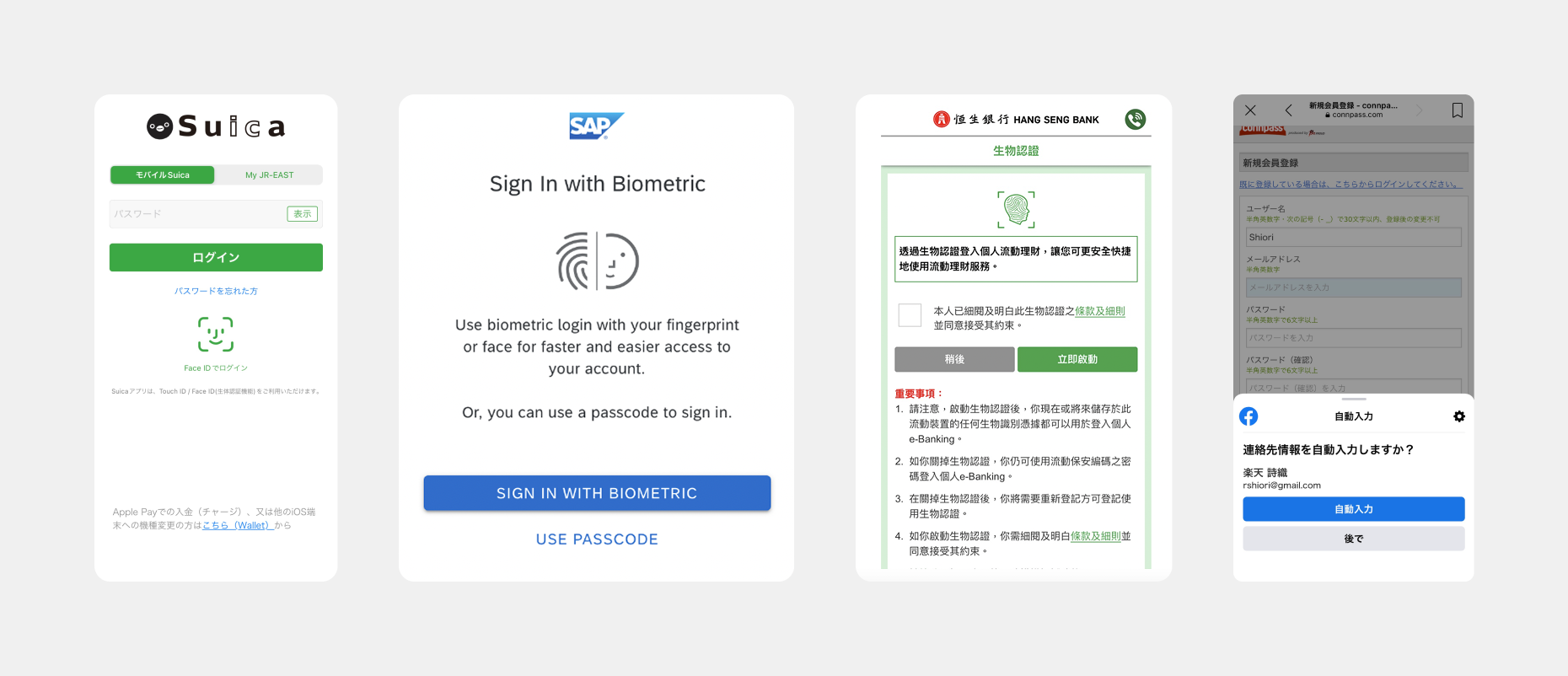
We conducted remote, unmoderated user testing with five participants (4 women, 1 man, aged 30-50), matching our target audience.
The test had two parts:
Key insights:
On a scale of 1-10, participants rated their agreement with the following statements:
Participants scored lower in their confidence using Autofill due to security concerns.
Action:
To iterate: We improved onboarding screens by emphasising data security to increase adoption.
I provided detailed flows, specifications, and prototypes to developers and ensured a smooth implementation through development and QA testing.
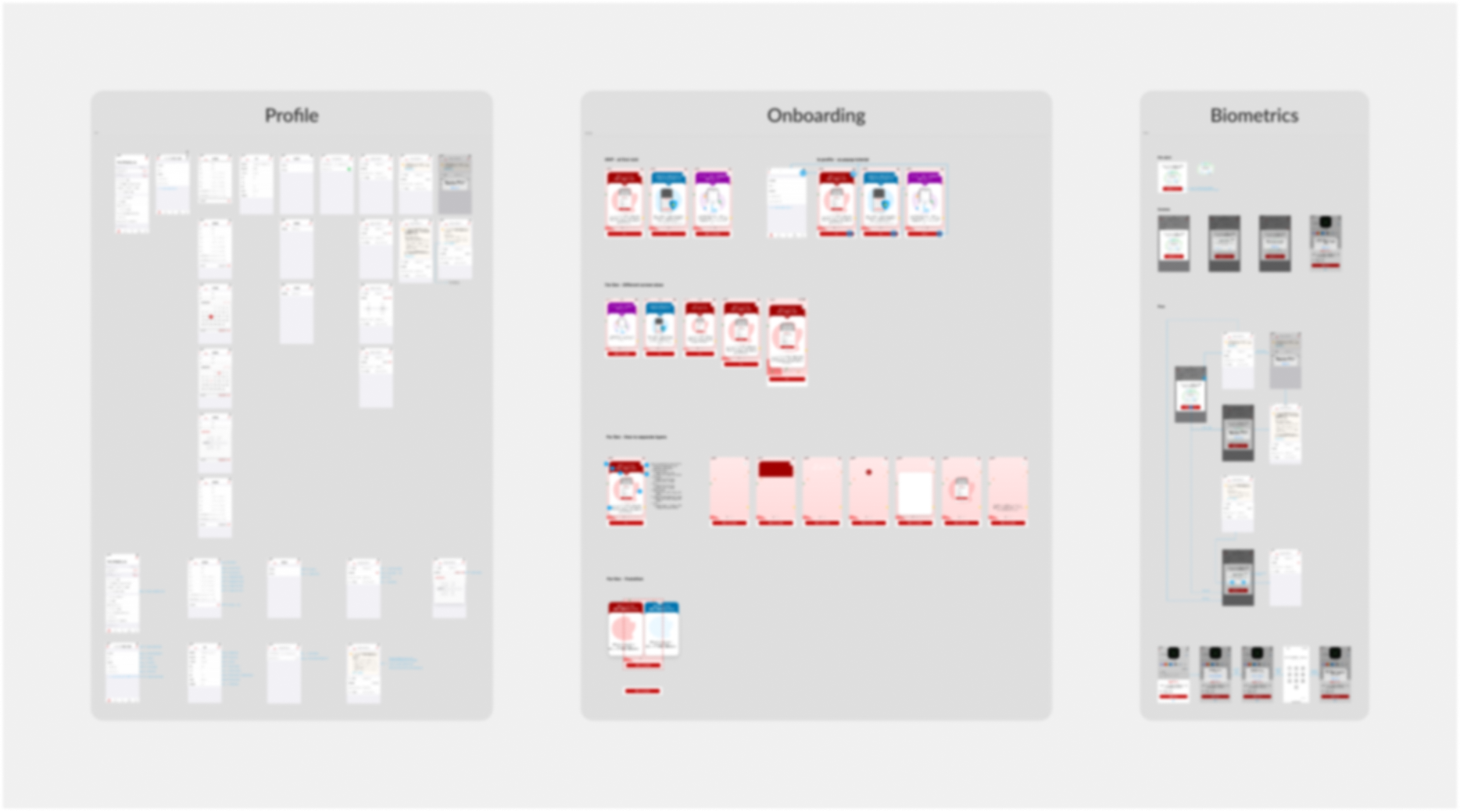
Differences between the U.S. and Japan in form design:

Differences between the U.S. and Japan in security practices:

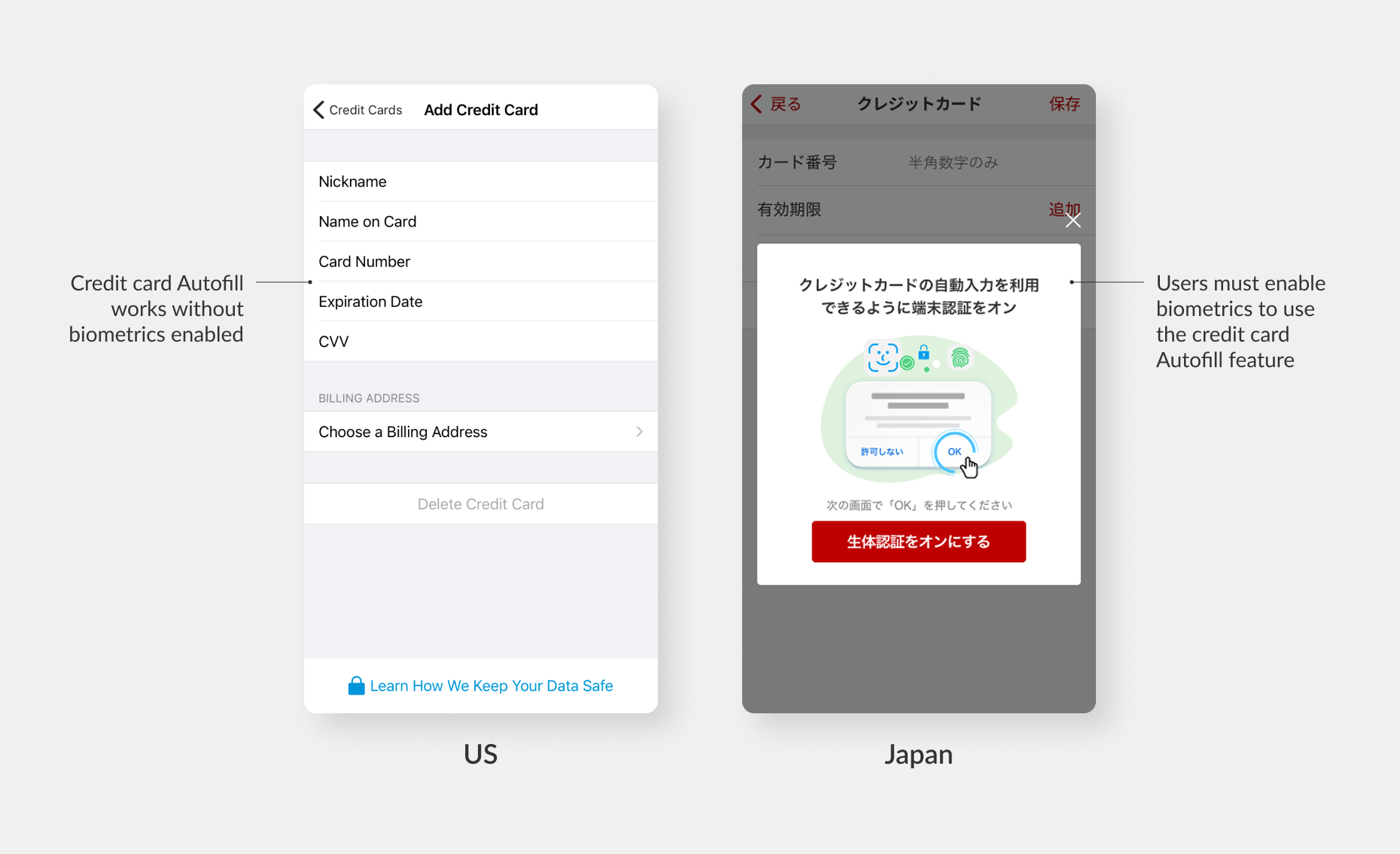
Triggering Biometrics During Shopping Trip
https://www.damanwoo.com/node/93085
After launching Phase I, we observed that adoption was lower than expected. While factors such as a limited number of supported stores and passive marketing strategies contributed to this, a key reason was that users had to consent to Autofill and manually enter their information before it could function. Additionally, if users logged out or deleted the app, all stored data was lost, requiring them to re-enter their details. To address these issues, we needed a more seamless and automated solution.
Since Rakuten Ichiba is a widely used online shopping app in Japan, most users interact with it before accessing Rakuten Rebates, where their data is already stored. Syncing this existing data with the Rakuten Rebates iOS app provides a logical and frictionless way to enhance the Autofill experience.
To increase the adoption rate of Autofill by syncing my Rakuten data while providing users with the option to input their data manually.
Due to competing projects, the available time and development resources for this project are limited. Additionally, legal requirements for user consent will affect the timing of data synchronisation. Technical feasibility must also be considered, along with the challenge of aligning stakeholders with differing visions.
I am the main UX/UI Designer for Phase II of the Autofill project as well. My role was to lead holistic UI/UX execution for my Rakuten sync feasibility.
Since all Rakuten Rebates users had a Rakuten Ichiba, we explored the possibility of syncing data from my Rakuten to Rakuten Rebates.
I began by analysing how other services within the ecosystem used my Rakuten data and found that syncing was not required for those services. Based on this, we determined that it is legally feasible.
Additionally, the project management and development teams were responsible for assessing technical feasibility, including API verification, and confirmed that data synchronisation would be possible.
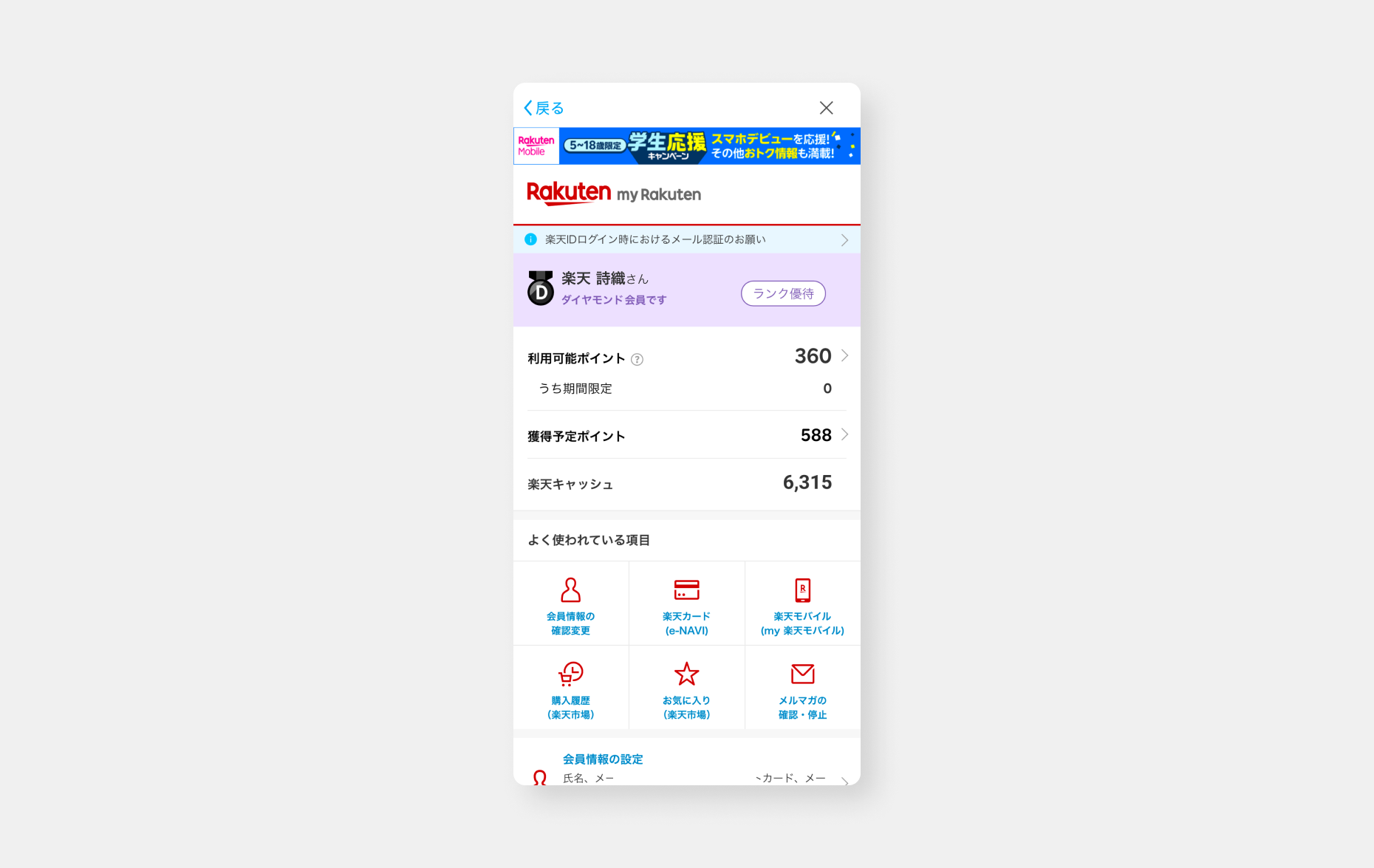
To address the challenges, we implemented the following solutions:
To design this feature, I analysed services that offer sync or update functionalities.

A remote, unmoderated user testing session was conducted with five participants to evaluate their willingness to opt in.
Key insights:
Action:
To iterate: Based on the feedback, we improved the address text fields and address correction pop-up.

Address Correction Flow
I provided detailed specifications and prototypes to developers and ensured a smooth implementation through development and QA testing.
Additionally, I created animations for the onboarding process and designed the Autofill Usage Guide Page to support different breakpoints.
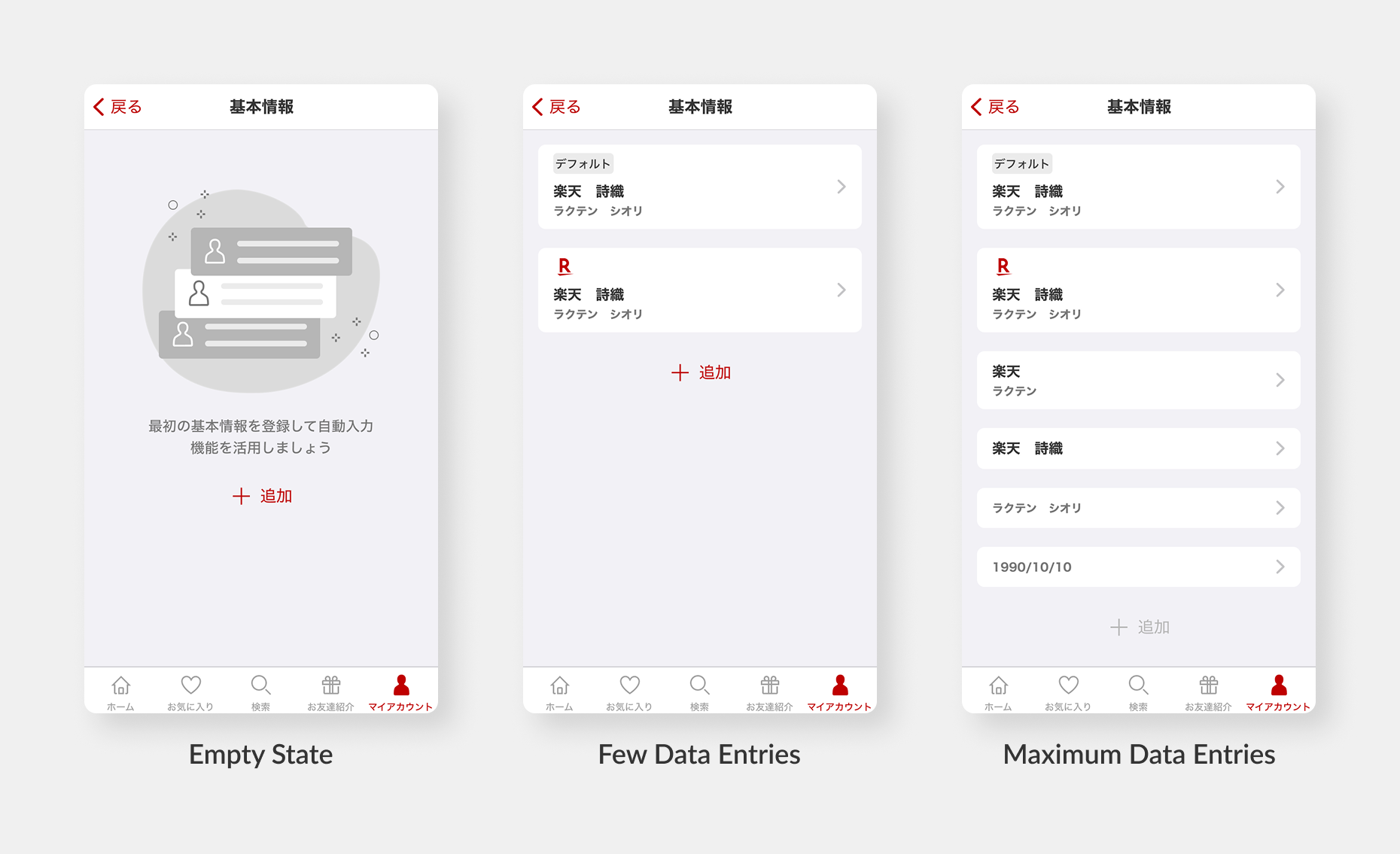


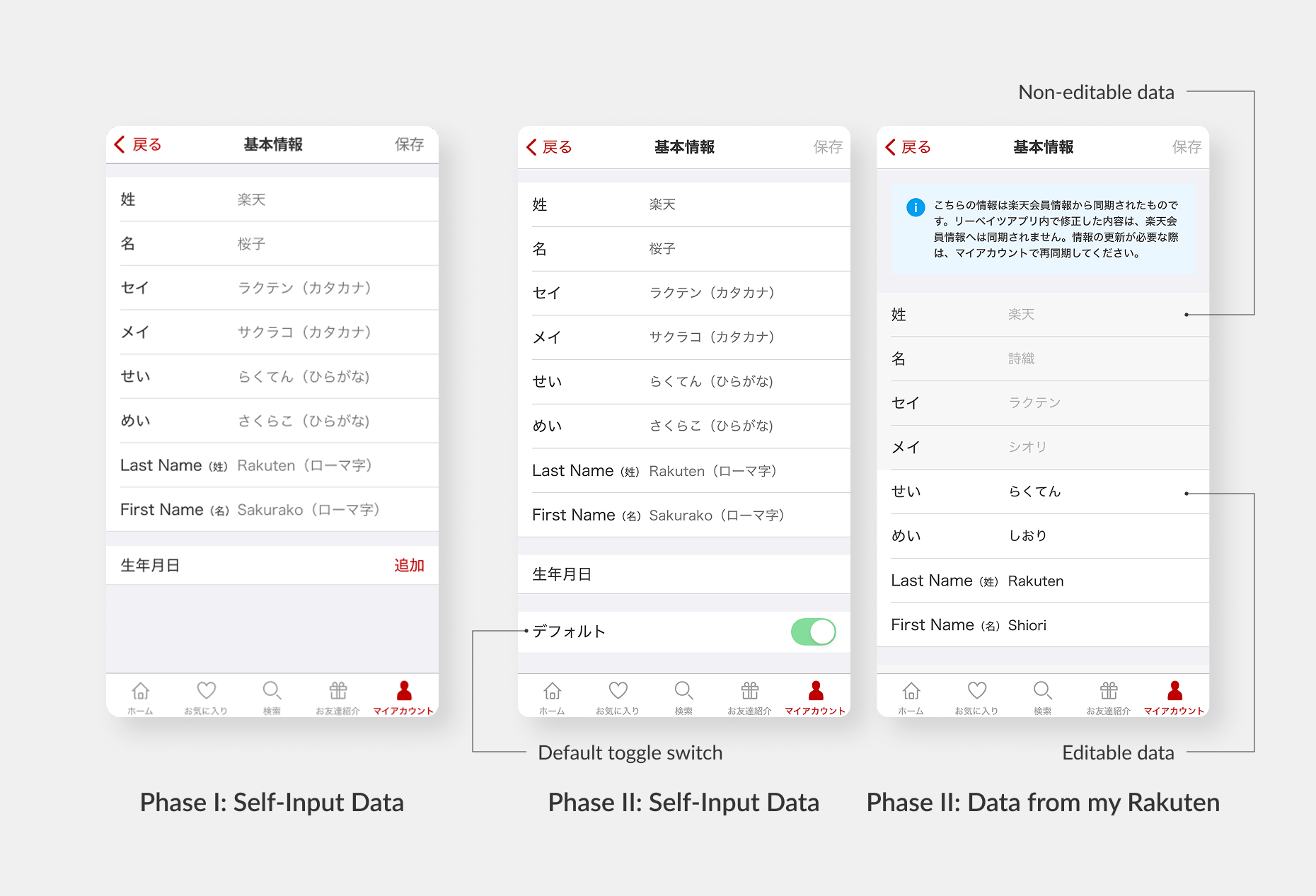
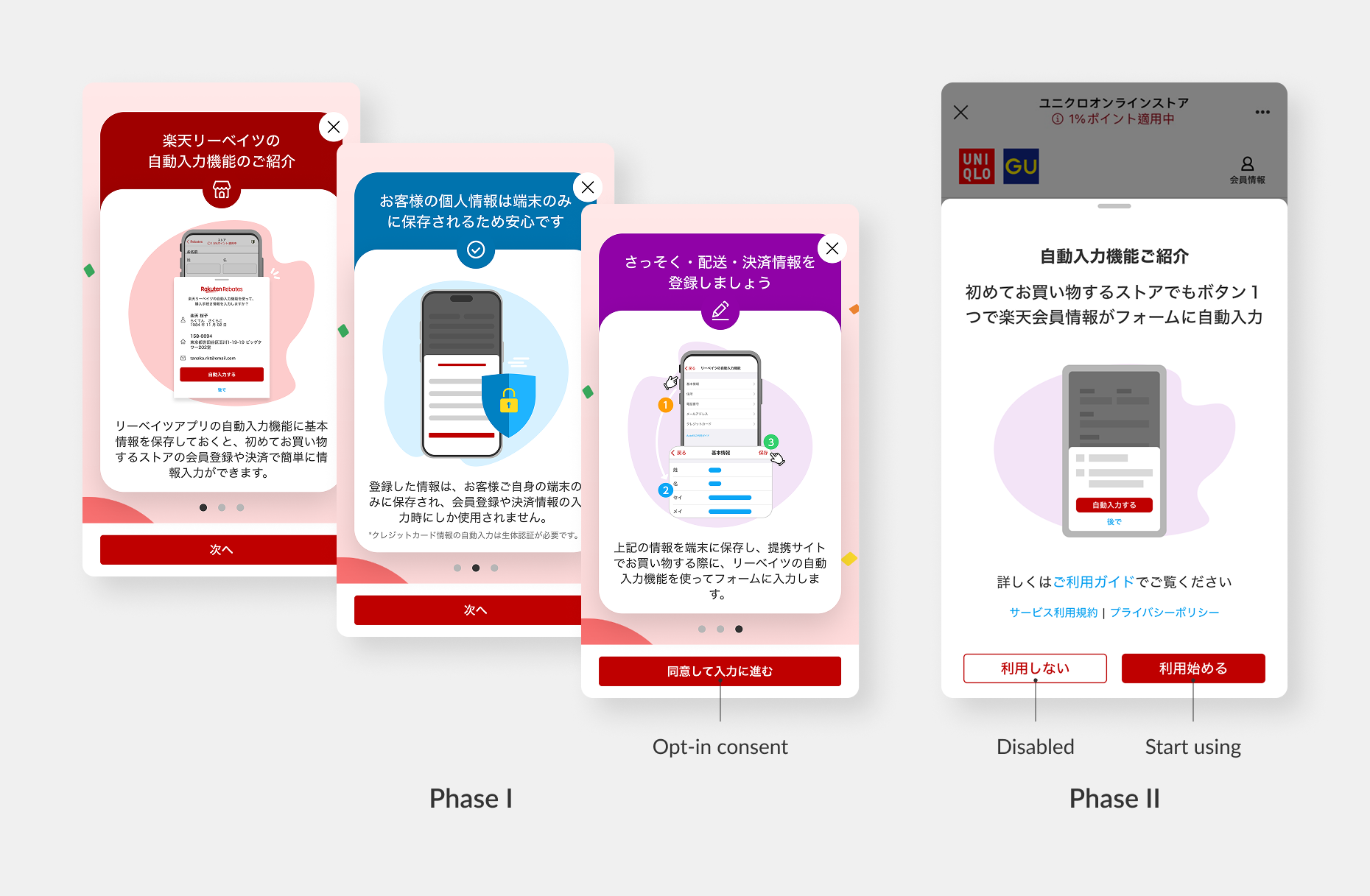
https://www.damanwoo.com/node/93085
https://www.damanwoo.com/node/93085
Working on a large-scale project with limited development resources and time constraints is challenging. Due to these limitations, some technical issues remain unsolved. However, as UX designers, we focus on finding creative and practical solutions within the available constraints. Moving forward, I hope to negotiate for more time and resources to conduct comprehensive user testing, ensuring a more user-centered approach.
For the next steps, we will continue addressing technical limitations and user pain points while enhancing the Autofill feature. To improve flexibility, we will introduce multiple data selection on the Autofill tray, allowing users to choose from different saved entries. Additionally, we will expand the updated UI design across the entire Autofill feature to create a more consistent and intuitive experience. To further drive adoption, we will increase the number of supported stores, making Autofill more useful and appealing to a broader range of users. Furthermore, we plan to extend this feature to Android, ensuring a seamless experience across platforms.